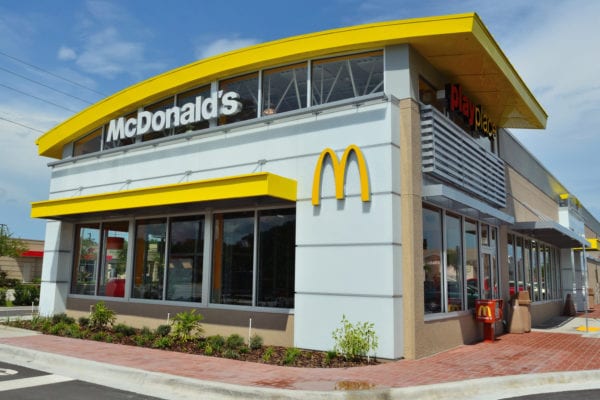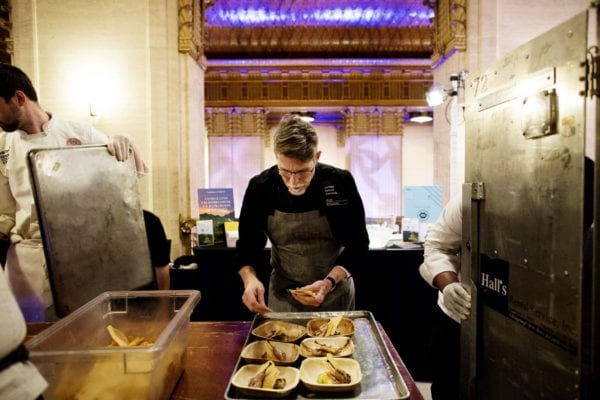Skift Take
A close reading of all of the Danny Meyer and Shake Shack news supports Meyer's point here, but with so much happening so quickly, it's easy to see how the two unrelated stories got tangled together.
— Kristen Hawley
Beloved burger chain Shake Shack recently announced plans to use automated kiosks in lieu of employees to take orders at its new Astor Place location. The news rather awkwardly coincided with the announcement that founder Danny Meyer has raised $200 million in private equity to invest in companies with a strong focus on employees and communities.
“Automation at Shake Shack has nothing to do with the fund,” said Meyer during a phone call with Bloomberg News. “As soon as Shake Shack became public [in 2015], it stopped having anything to do with Union Square Hospitality Group.”
It’s a critical time for the burger chain. The stock has dipped recently due to the overcrowded market for upscale burgers, and a new $15 minimum wage for businesses with 11 or more employees will go into effect by the end of December 2018 in New York, drastically altering the economics of the fast-food industry. It’s been tough in general for restaurants in New York as astronomical rents threaten spots in packed areas such as Union Square (Meyer relocated his flagship Union Square Cafe in large part because of real estate costs). Even employee-first chains need to survive.
“We need to answer how we take care of our team with that federally mandated wage,” said Chief Executive Officer Randy Garutti during a phone interview. “Our labor costs are skyrocketing.” The new location is “our way of seeing how we are going to do that.” The company will be paying Astor Place employees $15, he said. Other Shake Shack employees around New York are paid $12.50.
The new design is not necessarily a model for the future. It’s a singular, “experimental Shack” to work out ideas and to respond to customer demands, Garutti said. Besides the kiosks—their in-house designation is “in-Shack apps”—the new Shake Shack will also have a more tech savvy kitchen to expedite orders, will actively experiment with facilitating orders via the app and the company’s burgeoning delivery service, and will no longer accept cash payments. Staff, also known as “hospitality champs,” will greet customers and help them with the new ordering process.
Garutti notes that the company is training 60-plus people to work at the Astor Place location. Shake Shacks average between 50 and 75 employees depending on the time of year and location.
Still, in response to questions about how employee-friendly this model is, Garutti and Meyer invariably bring the conversation back to their customers. “We need to keep developing the tools to provide hospitality in the modern era if our fans are going to stay loyal,” Garutti responded.
“People are making the assumption that this is not employee focused,” said Meyer. “It’s true that the ordering process is automated, which we’ve already done with our Shake Shack app. But we need to figure out how to pay our people with current and future economic demands.” He notes that he doesn’t talk to a human when he checks in for flights, makes a restaurant reservation, or does his banking.
Still, there are times when Meyer himself eschews the automation of the Shake Shack app. (His standard order: cheeseburger, no shake sauce; French fries; coffee milk shake.) “Sometimes I want to stand in line. It’s a fantastic place for me to hear what our customers are saying.”
©2017 Bloomberg L.P.
This article was written by Kate Krader from Bloomberg and was legally licensed through the NewsCred publisher network. Please direct all licensing questions to [email protected].
![]()




